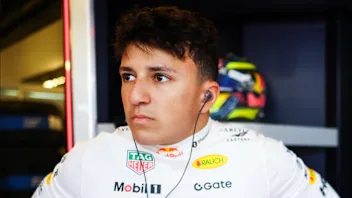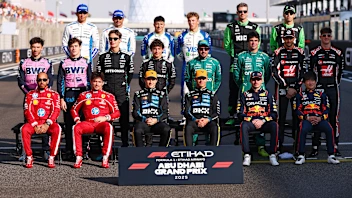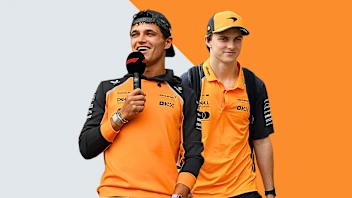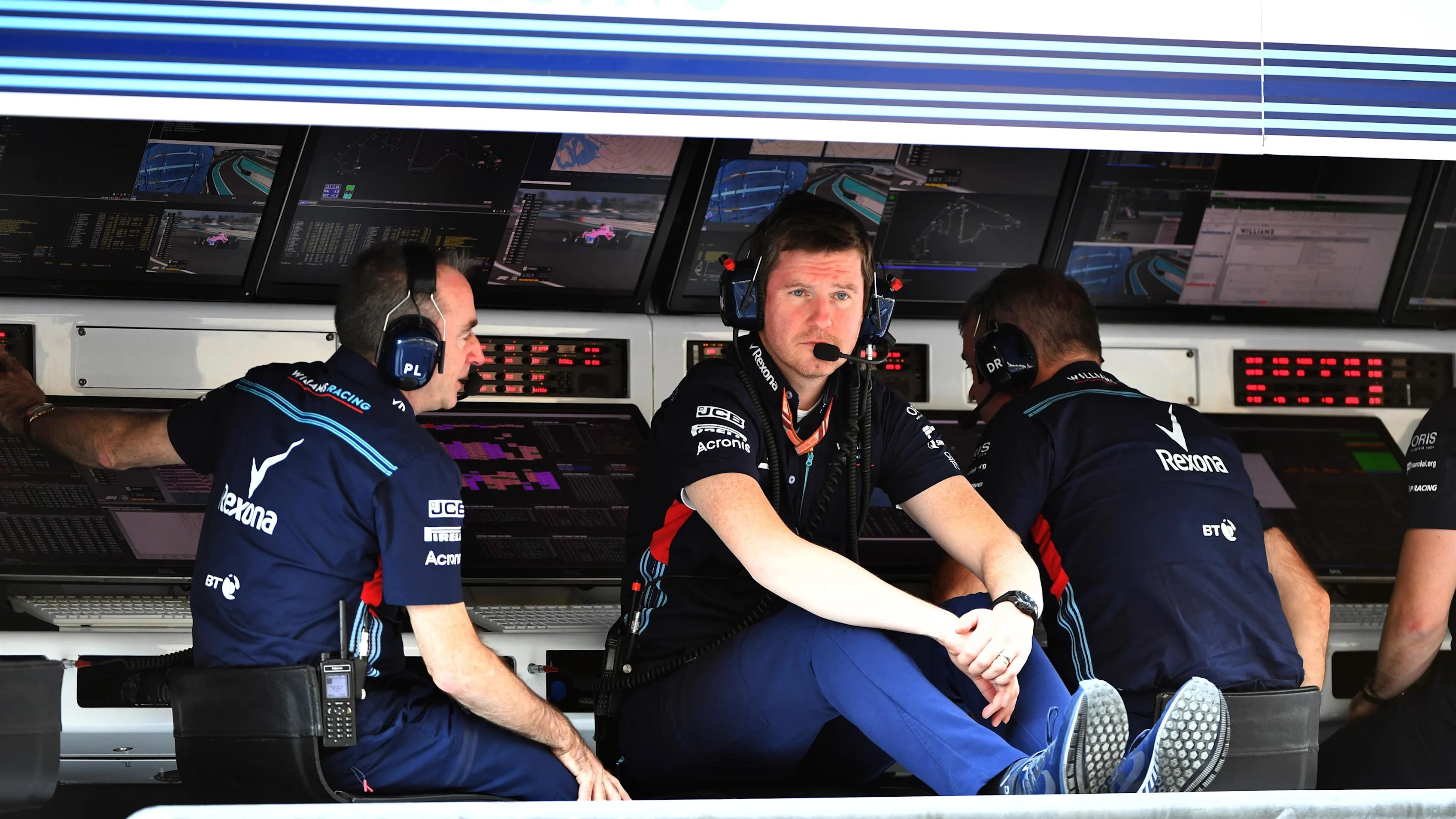Correlation, in basic terms, is trying to match the data that you measure off the car against your simulator data.
If they do match, then you know that your development, or simulation environment, is good, and you can use that to develop the car. Everything correlates well and you know that you can trust your simulation environment, which is much cheaper and much more efficient in terms of developing a car. You know that something that has given you a gain in your simulation and development environment is going to give you a gain on the real car.
SMEDLEY: What teams do on the first day of F1 Pre-Season Testing
Where teams have problems is when their development or simulation environment – so CFD [Computational Fluid Dynamics] or wind tunnel – doesn’t describe well what happens in reality (although in truth, no-one’s wind tunnel correlates absolutely 100%). At that point, you’ve got a problem and you’ve got to try and understand where the mismatch is coming from.
When your correlation doesn't match, it’s the biggest pain in the arse, honestly
It’s the biggest pain in the arse, honestly. It’s just a lot of hard work, because what happens at that point is that, instead of pouring time into development and putting lap time into the car, you’re putting all of your engineering skill and talent into understanding where this correlation mismatch is coming from.
You’ve not only got a car that’s not responding as you expect it to respond – now, you’re getting further and further behind on development, because your rival team that has a car that matches its simulation environment is not only going to be faster than you, but also it’s going to spend its time developing. It’s going to spend its time adding lap time to the car. So you’ve now got a slower car and you’re having to understand that miscorrelation.
There’s a whole host of experimentation that you need to go through to understand what’s wrong, in order to drag a prescribed data set off the real car and the simulation environment, and eventually you’ll see where the mismatch comes from. Then what you’re actually trying to do is either correct that on the real car, or you’re correcting your simulation environment – it’s not always clear which one is at fault! So it’s a killer, to be honest, in Formula 1 terms.
Next Up
Related Articles
.webp) End Of Year Reports 2025Ferrari’s best and worst moments from 2025
End Of Year Reports 2025Ferrari’s best and worst moments from 2025 Mekies sets out expectations for Hadjar in 2026
Mekies sets out expectations for Hadjar in 2026 Quiz20 quiz questions on the 2025 Formula 1 season
Quiz20 quiz questions on the 2025 Formula 1 season End Of Year Reports 2025McLaren’s best and worst moments from 2025
End Of Year Reports 2025McLaren’s best and worst moments from 2025/16x9%20single%20image%20(3).webp) Exclusive‘I'm used to being thrown in the deep end’ – Lindblad
Exclusive‘I'm used to being thrown in the deep end’ – Lindblad Norris praises support from Hamilton, Vettel and more
Norris praises support from Hamilton, Vettel and more
